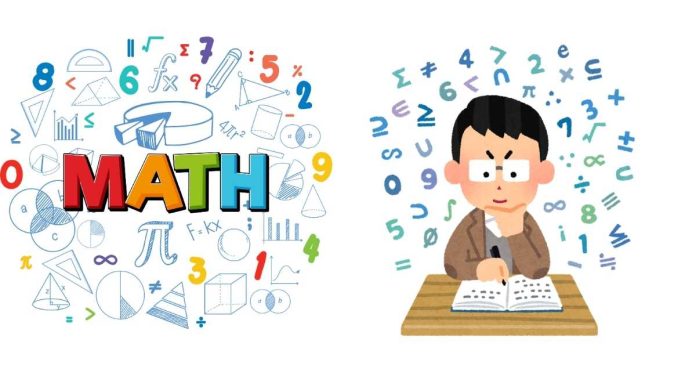Implication is a fundamental concept in discrete mathematics, particularly in the study of propositional logic. It establishes a relationship between two statements (propositions) and helps in understanding logical reasoning, decision-making, and proof construction. The logical implication is expressed using the conditional statement “if-then” and plays a key role in computer science, mathematical proofs, and algorithms.
This article explains the concept of implication, its notation, truth table, and applications in discrete mathematics.
Definition of Implication
In propositional logic, an implication is a compound statement formed by two propositions, where one proposition (the antecedent) implies the other (the consequent). It is denoted as:
p→qp \rightarrow q
Here:
- pp: Antecedent (or hypothesis).
- qq: Consequent (or conclusion).
The statement p→qp \rightarrow q reads as:
- “If pp, then qq.”
- ” pp implies qq.”
Truth Table for Implication
The truth value of p→qp \rightarrow q depends on the truth values of pp and qq. The implication is only false when pp is true and qq is false. In all other cases, the implication is true.
| pp (Antecedent) | qq (Consequent) | p→qp \rightarrow q (Implication) |
|---|---|---|
| True | True | True |
| True | False | False |
| False | True | True |
| False | False | True |
Explanation of Truth Table:
- True →\rightarrow True: If the hypothesis is true and the conclusion is also true, the implication is true.
- True →\rightarrow False: If the hypothesis is true but the conclusion is false, the implication is false (this is the only case when the implication is false).
- False →\rightarrow True: If the hypothesis is false, the implication is true regardless of the conclusion.
- False →\rightarrow False: If the hypothesis is false, the implication is true regardless of the conclusion.
Understanding the Truth Table
The implication p→qp \rightarrow q can sometimes seem counterintuitive, especially when pp is false. This is because a false premise cannot prove or disprove the truth of a conclusion, and logically, the implication is considered true in such cases.
Example:
“If it rains, then the ground will be wet.”
- If it rains (pp) and the ground is wet (qq), the implication is true.
- If it rains (pp) but the ground is not wet (qq is false), the implication is false.
- If it does not rain (pp is false), the implication is true regardless of whether the ground is wet or not.
Logical Equivalences of Implication
Implications can be expressed in equivalent logical forms:
- Contrapositive:
- p→qp \rightarrow q is logically equivalent to ¬q→¬p\neg q \rightarrow \neg p.
- Example: “If it rains, the ground will be wet” is equivalent to “If the ground is not wet, it did not rain.”
- Disjunction Form:
- p→qp \rightarrow q is equivalent to ¬p∨q\neg p \lor q.
- Example: “If it rains, the ground will be wet” is equivalent to “Either it does not rain, or the ground is wet.”
- Negation:
- The negation of p→qp \rightarrow q is p∧¬qp \land \neg q.
- Example: “It rains and the ground is not wet” negates “If it rains, then the ground will be wet.”
Applications of Implication in Discrete Mathematics
- Mathematical Proofs:
Implications are widely used in direct proofs, where we prove that p→qp \rightarrow q by assuming pp is true and logically deducing qq. - Logical Reasoning:
Implication is essential for reasoning about conditions, making decisions, and constructing logical arguments. - Boolean Algebra:
Implications are used in circuits and truth tables to represent conditional operations. - Set Theory:
In set theory, implications are used to define subsets:- A⊆BA \subseteq B means “If x∈Ax \in A, then x∈Bx \in B.”
- Programming and Algorithms:
Conditional statements in programming (e.g.,if-elsestatements) are based on implications.
Examples of Implications in Practice
- Direct Implication:
“If a number is divisible by 4, then it is divisible by 2.”- pp: A number is divisible by 4.
- qq: A number is divisible by 2.
- p→qp \rightarrow q: True, because every number divisible by 4 is also divisible by 2.
- Contrapositive:
“If a number is not divisible by 2, then it is not divisible by 4.”- Equivalent to the first statement.
- Disjunction Form:
“A number is either not divisible by 4 or divisible by 2.”
Implication is a crucial concept in discrete mathematics that forms the foundation for logical reasoning and decision-making. By understanding how implications work, including their truth tables, logical equivalences, and applications, one can solve complex problems in mathematics, computer science, and related fields. Mastering implications not only helps in theoretical understanding but also in practical implementations such as programming and algorithm design.


